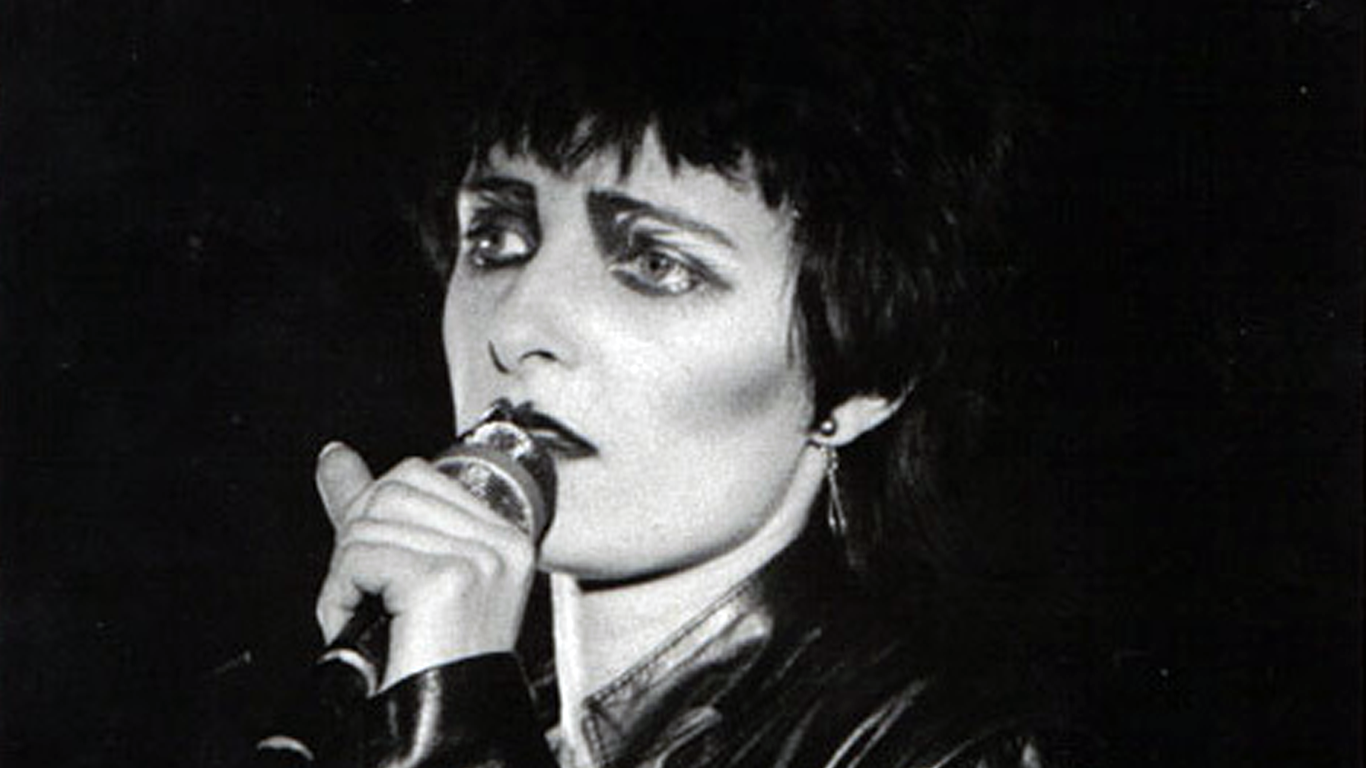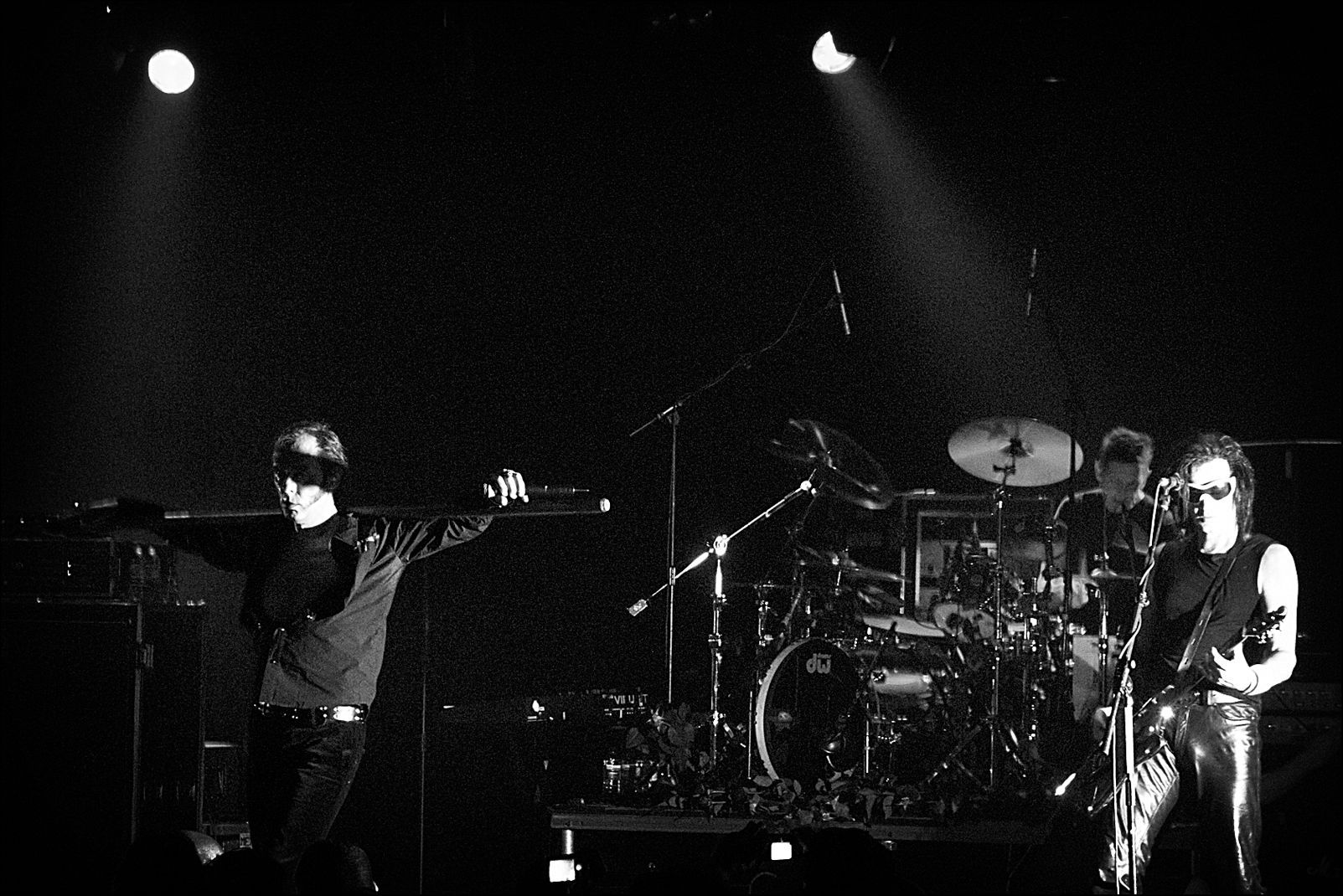The Birth of Goth
A History of Gothic Rock and Post-Punk

The legendary Batcave club in London, the epicenter of the emerging gothic rock scene in the early 1980s.
From the shadowy corners of the late 1970s UK music scene, a new sound began to stir. It was dark, atmospheric, and poetically melancholic. This was the birth of gothic rock, a subgenre that rose from the experimental ashes of post-punk to create a subculture that has fascinated and endured for decades. More than just music, goth became a complete aesthetic, a literary and artistic movement that gave voice to a generation’s romantic anxieties. This article delves into the sonic origins of goth, exploring the post-punk landscape and the pioneering goth rock bands who draped rock and roll in velvet and shadows.
We will trace the genre's journey from its earliest influences to the anthemic classics that defined it. We’ll explore the key musical elements that created its unique sound and celebrate the architects of a subculture that continues to thrive in the shadows.
The Post-Punk Cradle: An Atmosphere of Innovation
The founding faces of gothic rock: (clockwise from top left) Siouxsie Sioux, Bauhaus, Robert Smith of The Cure, and Andrew Eldritch of The Sisters of Mercy.
To understand the rise of gothic rock, one must first look to the environment from which it emerged: the British post-punk movement of the late 1970s. Punk rock had shattered musical conventions with its raw energy and DIY ethos. Post-punk took that spirit of deconstruction and applied it with a more artistic, introspective, and experimental lens. Bands began to explore mood, texture, and space in their music, moving away from punk's straightforward aggression into more complex and emotionally resonant territory.
This was a period of immense creativity, where bands felt free to draw from a wide array of influences, including Krautrock, dub, funk, and art rock. It was within this fertile ground of sonic experimentation that the earliest seeds of goth were sown. Bands like Joy Division created soundscapes filled with a sense of urban decay and existential dread, while others began toying with the darker, more theatrical themes of glam rock. The atmosphere was set for a new movement that would embrace the darkness and turn it into art.
The Architects of Darkness: Pioneering Goth Rock Bands
While many bands contributed to the developing sound, a few key artists are rightly credited as the primary architects of gothic rock. Their unique sounds and iconic imagery laid the foundation for the entire genre and subculture.
Siouxsie and the Banshees: The Godmother of Goth

Siouxsie Sioux, the inimitable "Godmother of Goth," whose commanding stage presence and groundbreaking visual style heavily influenced the gothic rock aesthetic.
Long before the term "goth" was a recognized label, there was Siouxsie and the Banshees. Formed in the crucible of the London punk scene, the band quickly evolved into something far more atmospheric and artistically ambitious. With jagged, chorus-effected guitar work from John McGeoch, powerful tribal drumming, and Siouxsie Sioux's commanding, hypnotic vocals, they created a sound that was both unsettling and alluring.
Their 1981 album, "Juju", is frequently cited as a definitive early gothic rock statement. From the driving intensity of "Spellbound" to the haunting ritualism of "Night Shift," the album is a masterclass in tension and dark beauty. Just as important was Siouxsie's visual style; her signature cat-eye makeup, spiky black hair, and bold, self-designed outfits became a primary blueprint for the gothic look.
Bauhaus: The Opening Act

The pioneering goth rock band Bauhaus in an early promotional photo. Their 1979 debut single, "Bela Lugosi's Dead," is widely regarded as the definitive starting point of the genre.
If one song can be called the "Stairway to Heaven" of goth, it is Bauhaus's 1979 debut single, "Bela Lugosi's Dead." At over nine minutes long, the track is a masterpiece of minimalist dread. It opens with a sparse, crackling beat before being joined by a creeping, dub-influenced bassline and shards of skeletal guitar. Peter Murphy’s deep, dramatic vocals don't even enter until three minutes in, narrating the funeral of the iconic Dracula actor with a chilling sense of theatricality. The song single-handedly established the thematic and sonic template for much of the 80s goth bands that would follow. While the band themselves often resisted the label, their fusion of art rock, glam, and post-punk darkness made them the undeniable trailblazers of the genre.
The Cure and The Sisters of Mercy: The Second Wave
The Twin Pillars of 80s Goth: Robert Smith of The Cure (left) and Andrew Eldritch of The Sisters of Mercy (right). While Smith perfected introspective, atmospheric goth, Eldritch delivered a powerful, rock-and-roll bombast, defining the two major sonic directions of the genre's second wave.
As the '80s progressed, the goth sound solidified and diversified. The Cure, led by the iconic Robert Smith, created some of the genre's most seminal works. While their catalogue is vast and varied, albums like "Pornography" (1982) and the sweeping, melancholic masterpiece "Disintegration" (1989) are cornerstones of the gothic canon, blending introspective despair with lush, layered soundscapes.
From Leeds emerged The Sisters of Mercy, a band that brought a harder, more rock-and-roll swagger to the scene. Fronted by Andrew Eldritch's cavernous baritone and powered by their ever-present drum machine, "Doktor Avalanche," they created anthems for the dancefloor. Their 1987 album "Floodland" is an essential listen, featuring epic, bombastic tracks like "This Corrosion" and "Dominion," which remain club staples to this day. Though Eldritch famously rejects the goth label, The Sisters of Mercy's influence on the sound and style is simply undeniable.
Essential Listening: A Goth Rock Starter Pack
A collection of seminal album covers that defined the sound of early gothic rock, including works by Joy Division, Bauhaus, and Siouxsie and the Banshees.
For those new to the genre, this list provides a perfect entry point into the foundational sounds of gothic rock. These albums are not just important; they are masterpieces of the genre.
- Joy Division - "Closer" (1980)
- Bauhaus - "In the Flat Field" (1980)
- Siouxsie and the Banshees - "Juju" (1981)
- The Cure - "Pornography" (1982)
- The Sisters of Mercy - "First and Last and Always" (1985)
- Fields of the Nephilim - "The Nephilim" (1988)
Conclusion: An Enduring Legacy
The birth of gothic rock was a pivotal moment in music history, a dark bloom that grew from the fertile soil of post-punk innovation. The pioneering goth rock bands of the late '70s and early '80s did more than just create a new style of music; they crafted a rich and enduring subculture built on a foundation of literary romance, cinematic horror, and artistic expression. Their legacy is not just in the classic albums they produced but in the global community that continues to find beauty in the shadows. The sound they forged—haunting, powerful, and deeply human—continues to echo, influencing new generations of artists and welcoming newcomers into the fold.
What was your first encounter with gothic rock? Share your favorite bands and memories in the comments below









